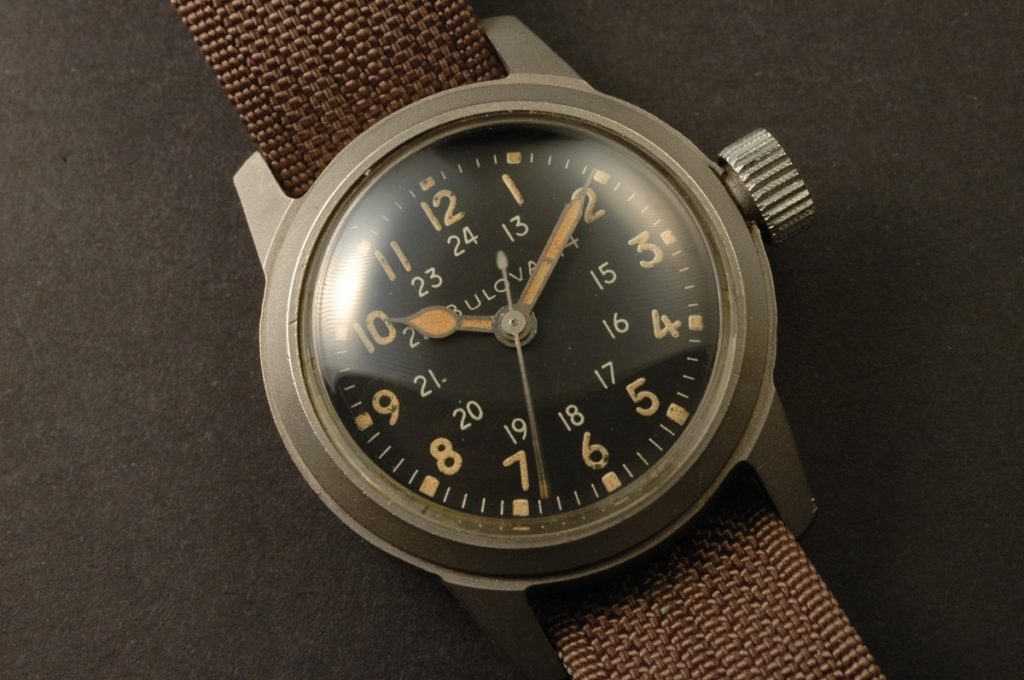When he visited the World’s Fair in Philadelphia in 1876, Swiss watchmaker Jacques David was alarmed by the rapid growth of American industry. His letter to his colleagues remains famous, as it triggered a strong wave of modernisation in the Swiss industry. We take a look back at the most successful years of the Made in USA watch.
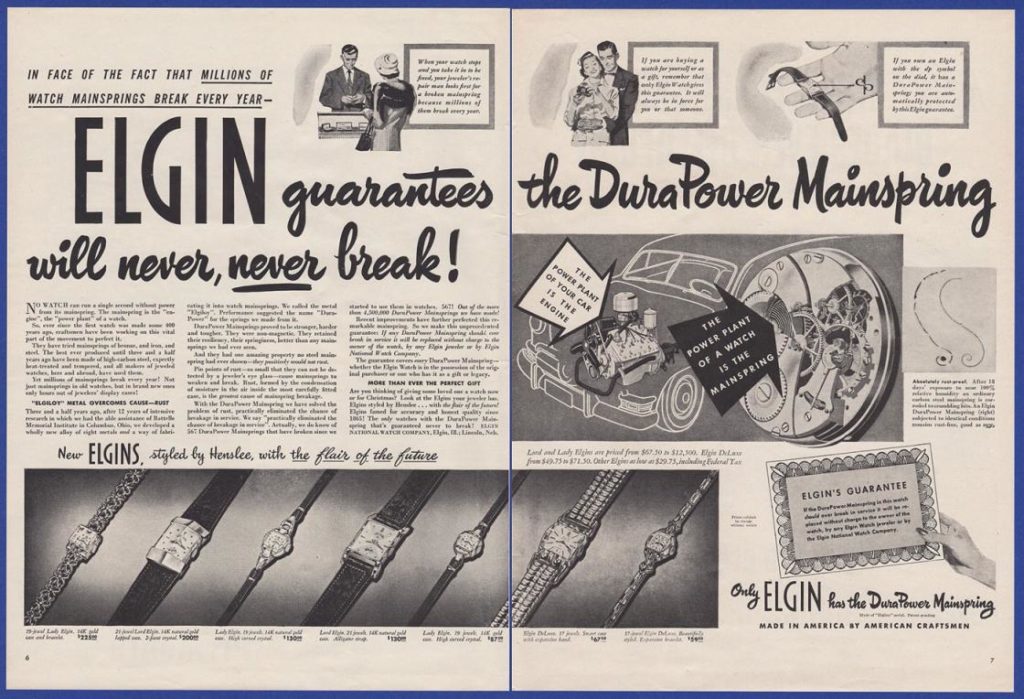
Indirectly, Swiss watchmaking owes a debt of gratitude to American industrial genius. Indeed, it was the threat of obsolescence in the face of US productivism that set in motion a major project to modernise the working structures of the Swiss watch industry at the end of the 19th century. Something similar would happen again a century later, in the face of the performance of the Japanese quartz watch…
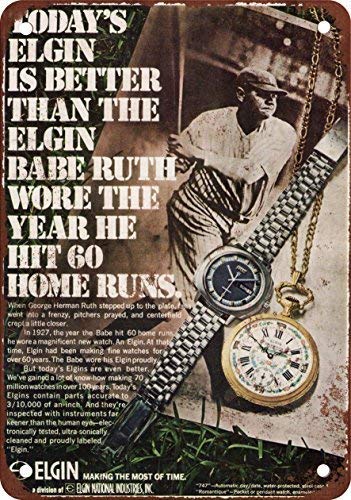
America was built on the conquest of new territories and the advance of the railways deeper and deeper into the Wild West. Watchmakers played a major role in this undertaking by providing time measurement tools to coordinate this progress and avoid accidents in a very large country with a multitude of time zones. For the needs of the railway and the conquest of the West, American watchmakers worked hard to accelerate production, quickly moving towards assembly lines and mechanisation.
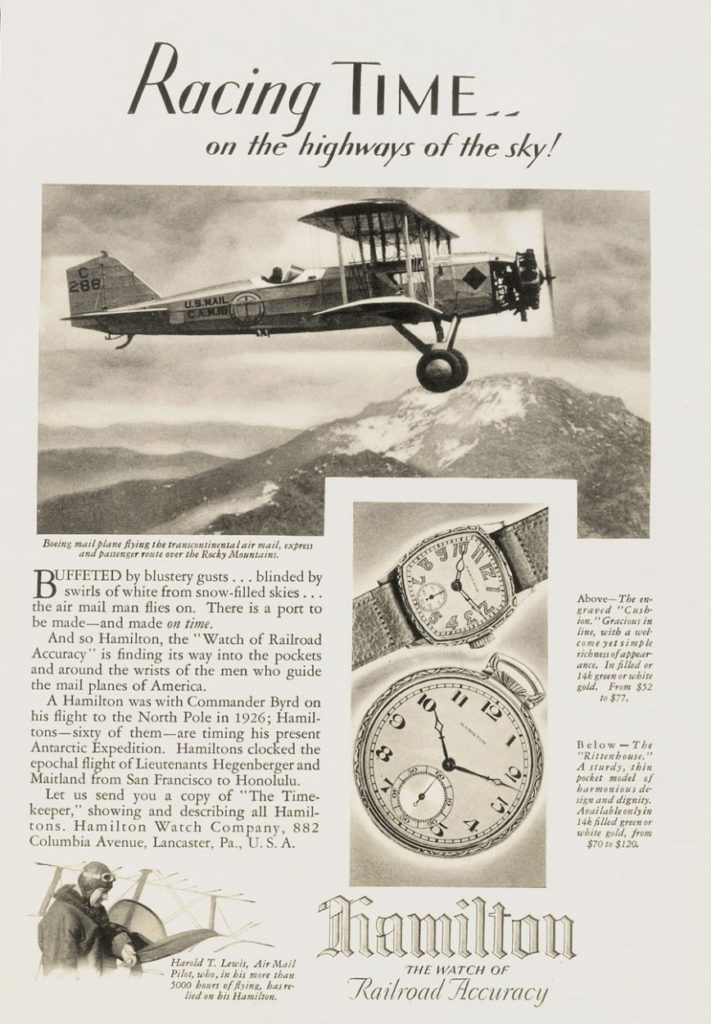
At the Philadelphia International Exhibition in 1876, Waltham, based in Massachusetts, demonstrated the capabilities of a watch production line, introducing a fully automated machine to manufacture precision screws. This had a great impact on Jacques David, Longines’ technical director. His letter to his compatriots, entitled “MM. Les Horlogers Suisses: Réveillez-vous” (Swiss watchmakers, wake up!), acted as an alarm bell for the Swiss industry, which was still largely based on the age-old system of “établissage”.
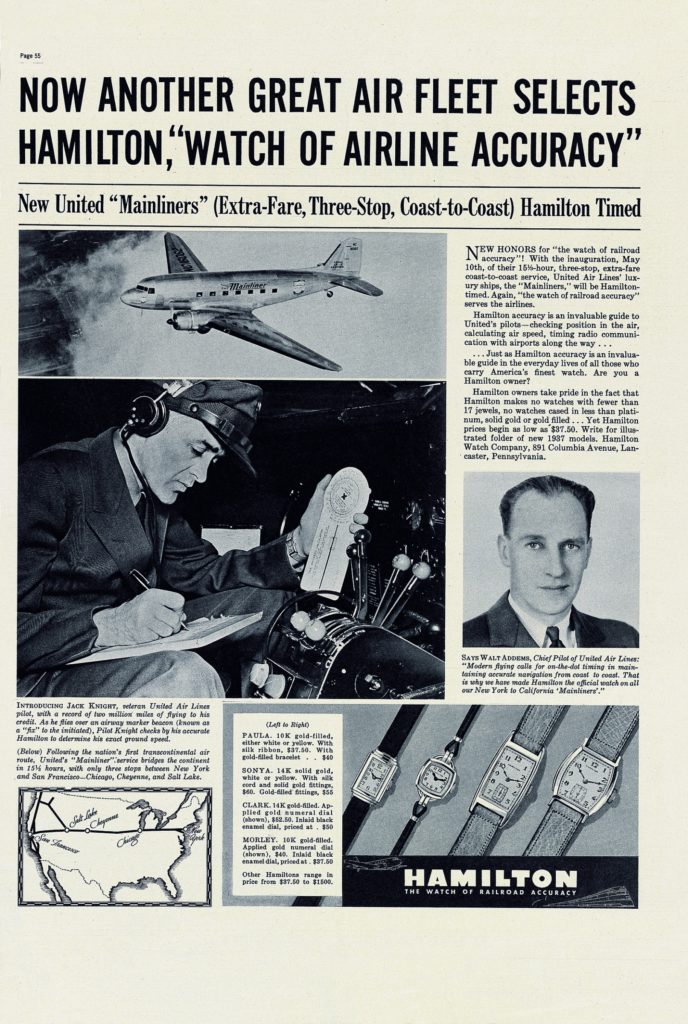
Between 1850 and 1957, Waltham produced around 40 million watchees, clocks, speed counters, compasses, detonators and other high-precision instruments. Another national company, Elgin, based in Illinois, supplied nearly half of the total number of pocket watches manufactured in the United States during its century of existence from 1864 to 1964. Another brand, launched in New York by Bohemian immigrant Joseph Bulova, established itself as one of the pioneers of standardised mass production of watches. It aired the first radio commercial, providing the time to millions of Americans from 1926 onwards.
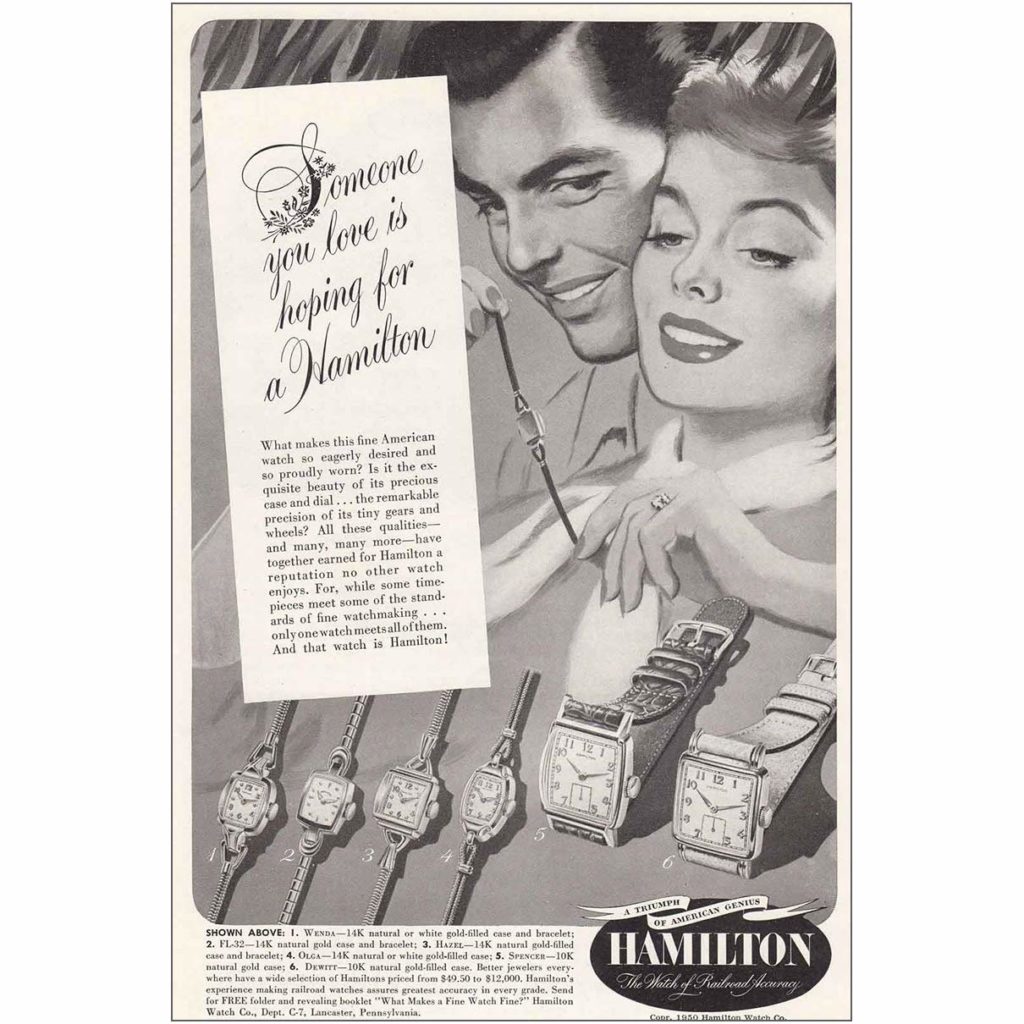
Hamilton, still known to the general public but now under a Swiss flag, was founded in 1892 in Lancaster, Pennsylvania. Its history is linked to advance of the railway in the United States: in the 1920s, more than half of Hamilton’s production was devoted to watches for railway employees. But it also accompanied the rise of the American army: Gls wore Hamilton timepieces during the D-Day landings.
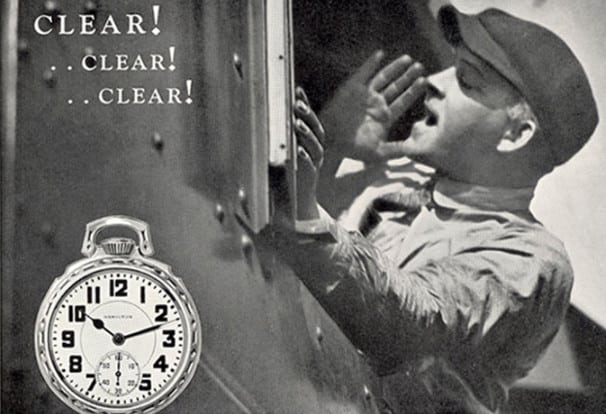
The Second World War saw the Lancaster firm produce one million chronographs for the needs of the army. American watch factories were operating at full capacity at the time.
